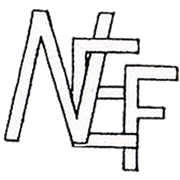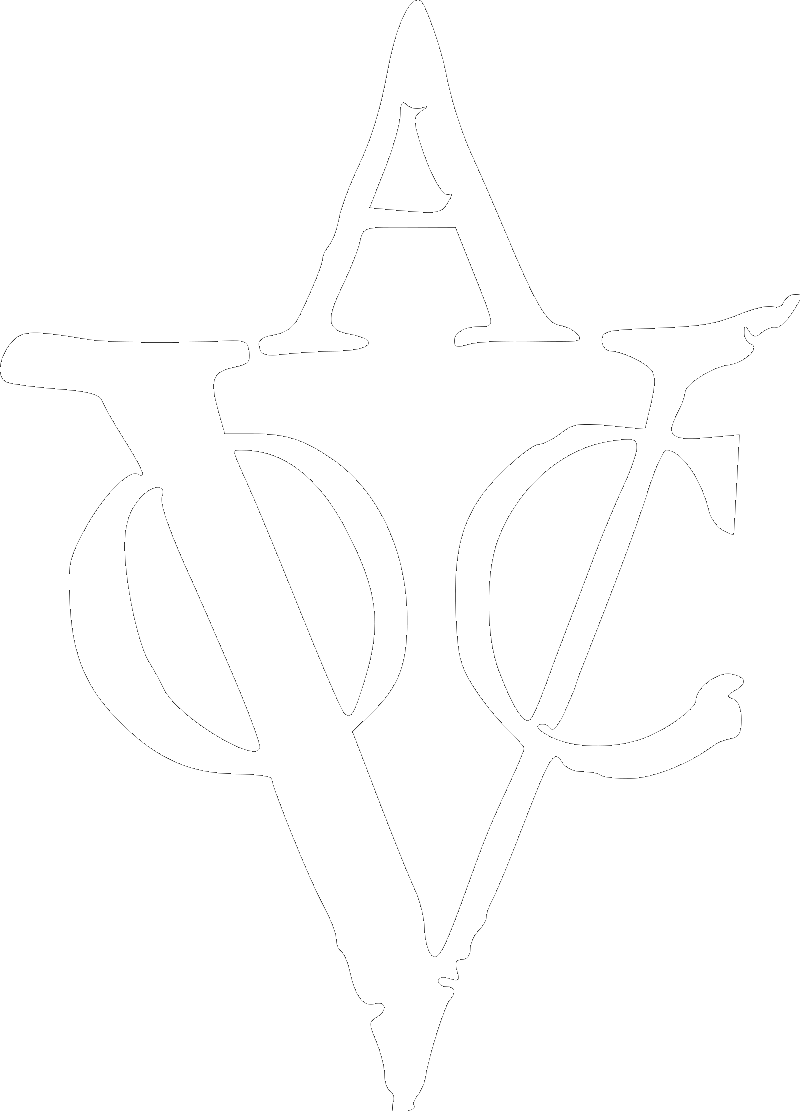Sinterklaas
From ‘The Artist’s View,’ a column written by Petrus Spronk for his local newspaper.
From ‘The Artist’s View,’ a column written by Petrus Spronk for his local newspaper.
At the time of writing, the fifth of December, I pause to remember and momentarily celebrate what was once an important annual event during my childhood.
Childhood: The Time Of Our Life
Traditionally, on this day, children all over Holland experience a feeling of great excitement, tinged with a feeling of just a little anxiety, therefore all the more potent. I have strong memories even now, many years later. Today, the fifth of December, is the day the Dutch people celebrate Sinterklaas (St. Nicolas). The day when the hearts of many children beat just a little faster especially in relation to ‘de koek of de gard’ (the cake or the rod) the reward or the punishment, resulting from the deeds of the past year.
Although this is a time of great celebration and especially fun, it was also a time of reckoning. Yes, as children, we were terrorised with the possibility of being put in One of Sinterklaas helpers’ bags and taken away to Spain, where we would be turned into pepernoten (spicy biscuits). At least that was the story from Haarlem, the place of my birth. But let me concentrate on the positive aspects of this event. Maybe start with a little history.
This history, as I remember it, is influenced by memories, overlaid by other memories of which the strongest aspects remain. The story has it that in the fourth century a.d. “Sinterklaas” was the bishop of Myra, in Turkey. According to the legends written down in ancient books he once saved his town from starvation. However, his greatest feat was that he revived three dead children. Additionally the goodly bishop offered many gifts of dowries to poor girls. Most impressive stories to be told as a child.
I don’t know why, but according to our Dutch tradition Sinterklaas comes from Spain. It could have something to do with the fact that Holland was ruled by Spain during the 80 year war a few centuries ago, or that Sinterklaas was the patron saint of sailors. Especially important in Holland during the 17th century, during which period of history Holland experienced its Golden Age and became famous for both its navigation and consequent trading. So who knows the real truth. History is a blend. In this case a tasty blend. The Spanish tradition may also have been responsible for the fact that sinterklaas’ helpers are black (zwarte {black] Piet). This blackness is set off by their beautiful and exotic costumes. This in turn my have come from another aspect of history. Spain, especially the southern part, was ruled by the Moors portrayed to us as black. A rich blend. Now from my history I remember being told that the blackness was due to another detail to which I will come back a little later in the piece. Sinterklaas, in his impressive bishop cloak, mitre, golden staff and long white hair and beard, all vermilion, gold and bianco goodness, in contrast to the devilish black helpers, makes for a picture which leaves many strong impressions.
Since history is at best a blend and at worst unreliable, I will tell you the story of Sinterklaas as remembered from my childhood experiences. The setting is December in Holland. Almost mid-winter. Cold, dark at 4-4.30 pm. At this time of year the first snow has usually fallen, creating a feeling of magic, especially after the somewhat depressing darkness and storms of November. A quiet white time has arrived. A few weeks before the fifth of December Sinterkaas and his knechts (helpers) arrive in a Ship from Spain. The size and type of this ship relates to the size of the town in which he arrives, and where this town is situated. I once saw him arrive in Amsterdam in a large steamboat, while in other places at the same time he may have arrived in a motorboat, a yacht, a ferry, a rowboat, a pilot vessel, a tugboat, a galleon, a dromond, a carrack, a caravel, a junk, a merchant ship, a trawler, a fishing boat, a drifter, a dory, a cargo boat, a coaster, a bilander, a windjammer, a clipper, a schooner, a barque, a brig, a frigate, a sloop, a cutter, a ketch, a yawl, a lugger, a xebec, a caique, a dhow, a barge, a hooker, a skiff a life boat, a long boat, a cabin-cruiser, a speed boat, a pleasure boat, a house boat etc. Everything about Sinterklaas is exotic. We stand on the shore with great excitement and watch while the zwarte Pieten perform their gymnastic antics. They are the first to come down the gang plank. Running up and down it throwing sweets into the crowd. With them they also haul huge bags containing goodies and presents. Then comes the white horse (schimmel) followed by the holy man. He mounts the horse and slowly winds his way through the crowd to the Town Hall where he will be welcomed by the Mayor and Council.
During the time between his arrival and birthday on the 5th, he travels the land. He does this on his horse accompanied by his black helpers. The curious thing is that he travels over the roofs and that he stops at every chimney to listen if we are singing his songs and if we are being good. Inside we may be singing songs, but what we mainly are concerned about is to place our shoes near the fireplace, filled with some straw and a carrot for the horse, in the hope that next morning it may be filled with some sweets. Sweets specific to the time. Small animals made from saturated sugar, speculaas dolls, a variety of marzipan fruits, animals and other common objects. The story has it that the Piets got black by sliding down the chimney to deliver the sweet treats. Imagine this as a child. Occasionally during the evening, while we maybe singing Sinterklaas’ songs, the door would open, a black hand would appear and throw a generous amount of small sweets into the room. In the following scramble the black Piet would disappear.
I remember this time as one of darkness and cold outside and light and warmth inside. I also remember it as a time and of great creativity. The most important aspect being the “surprise”. On the actual Sinterklaas day we would give each other a present, (leaving Christmas time well alone for its real meaning which, in Holland, was a time to celebrate the family, free of ‘presents’ stress ). The presents during Sinterklaas always had a meaning. The ‘surprise’ aspect came in the presentation. For instance you would give your child or loved one something which was wrapped in something else. The inner present would be something this person would really enjoy, while the outer present, or that with the appearance of a present, would be something which would be related to something that person needed to be told, to learn, to deal with. This aspect of the present would be made by the giver. This was always accompanied by a poem of which the greatest ingredient was humor. Imagine then sitting around the table, it was your turn to receive a present from Sinterklaas’ bag. You take off the outer paper and there is the poem. You need to read this poem aloud since all this is meant to be shared. The poem is usually very funny and somewhat embarrassing, telling you of one of your short comings. After this you open up your present which would be related to the poem and emphasize this shortcoming. Inside this mock present is the real one. A symbolic gesture of the outer and inner you.
The creative aspect lay in the writing of the poem and the making of the ‘surprise’ packaging. Remembering it is dark at about 4-4.30 pm and there is, as yet, no TV. Long cold evenings spend inside, creating, making and scheming.
Sinterklaas, for the children, was a time to sort the light from the dark, or good from bad, as symbolized in the Saint and his Black Piets, while for the grown ups it would be to be made aware of a shortcoming. All of this wrapped in a sense of fun and humor. This gave the whole Sinterklaas experience and celebration a potent feel. After all these years these memories are still extremely strong for me.
12 December 2001





















